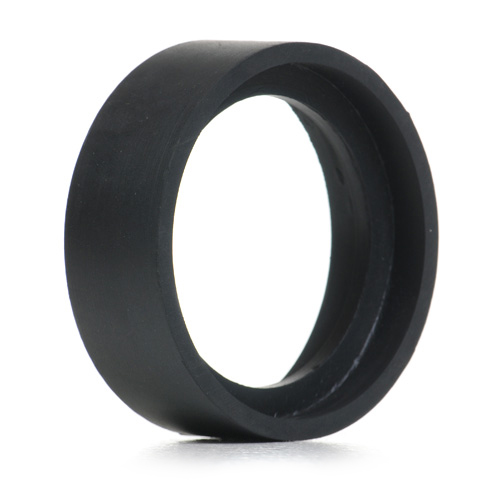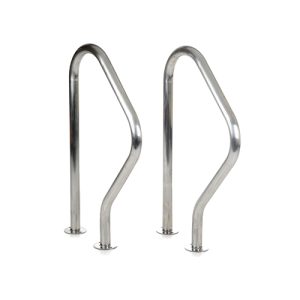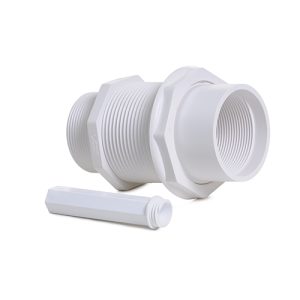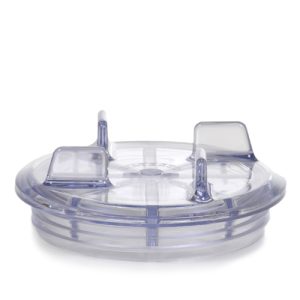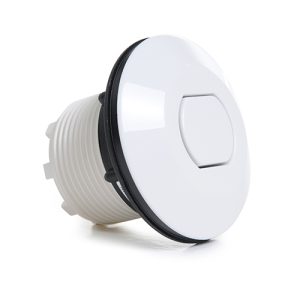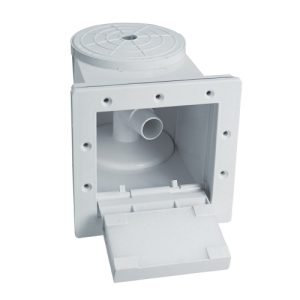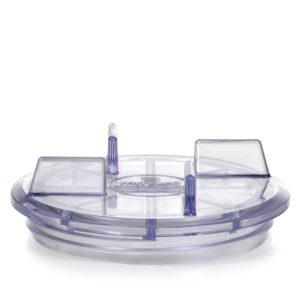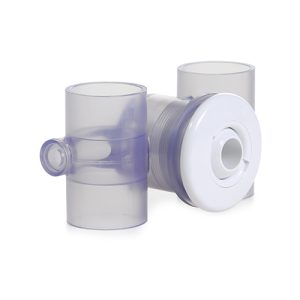Aquamite / Supastream Pump Diffuser Gasket
£12.76 Inc VAT
3 in stock
Aquamite / Supastream Pump Diffuser Gasket
Essential Seal for Leak-Free Pump Operation
As a retailer of pool and spa parts, I stock this replacement diffuser gasket for Aquamite and Supastream pumps. This small rubber seal plays a crucial role in maintaining proper pump operation by preventing water bypass and air leaks that compromise performance.
What is a Diffuser Gasket?
The diffuser gasket is a flat rubber seal that sits between the diffuser and the pump housing. It creates a watertight seal that forces all water flowing through the pump to pass through the diffuser’s vanes rather than bypassing around the edges. This seemingly simple component is essential for maintaining pump efficiency and preventing operational problems.
Made from chemical-resistant rubber compound, the gasket must withstand constant exposure to chlorinated or brominated water, varying temperatures, and the pressure fluctuations that occur during pump operation.
Why the Diffuser Gasket Matters
Without a proper seal, water takes the path of least resistance—bypassing the diffuser rather than flowing through its precisely designed passages. This bypass flow reduces pump efficiency significantly, as water recirculates internally instead of being pushed through the system. You’ll notice weaker return jets and reduced filter pressure even though the pump motor runs normally.
The gasket also prevents air from being drawn into the suction side of the pump. If the seal fails, the low pressure created by the spinning impeller can pull air past the gasket, causing the pump to lose prime. Air in the system creates bubbles, cavitation noise, and prevents proper water circulation.
Additionally, the gasket helps maintain proper impeller-to-diffuser clearance by ensuring the diffuser sits at the correct depth in the housing. If the gasket is missing or compressed unevenly, the diffuser may shift position, affecting the critical gap between rotating and stationary components.
Signs Your Diffuser Gasket Needs Replacement
Several symptoms indicate gasket failure. Air bubbles returning to the pool through the jets suggest air is entering the suction side, often through a failed diffuser gasket. The pump may also struggle to maintain prime, repeatedly losing suction and requiring repriming.
Reduced water flow without obvious blockages points to bypass around the diffuser gasket. Water flowing around rather than through the diffuser reduces the pump’s ability to generate pressure and move water effectively.
Water dripping from the pump housing seam near the diffuser area indicates the gasket is no longer sealing properly. While small amounts of condensation are normal, persistent dripping suggests seal failure.
Difficulty maintaining proper water chemistry can also relate to gasket problems. If water bypasses the filter due to reduced pump pressure (caused by gasket bypass), inadequate filtration allows contaminants to accumulate.
When to Replace the Gasket
Replace the diffuser gasket whenever you open the pump for any reason. Once compressed and exposed to chemicals, these gaskets rarely reseal properly when reused. The modest cost of a new gasket is cheap insurance against leaks and performance problems.
Gasket replacement is essential during pump rebuilds, impeller changes, or seal replacements. Any time the pump is disassembled and the diffuser removed, install a fresh gasket during reassembly.
Even without disassembly, gaskets deteriorate over time. Chemical exposure, heat cycles, and compression set (permanent deformation from being squeezed) eventually compromise sealing ability. If your pump is several years old and showing reduced performance, the diffuser gasket may have degraded.
Installation Tips
Before installing the new gasket, clean all mating surfaces thoroughly. Remove old gasket material, debris, and any corrosion from both the diffuser and the pump housing recess. Even small particles trapped under the gasket create leak paths.
Position the new gasket carefully in its groove in the pump housing or on the diffuser (depending on design). It should sit flat and even, without twists or folds. Some gaskets have a specific orientation—check that any alignment features match correctly.
When reinstalling the diffuser, ensure it seats fully against the gasket. The diffuser should compress the gasket evenly, creating a consistent seal around the entire perimeter. If the diffuser doesn’t sit flush, investigate why before proceeding—foreign objects or misalignment will prevent proper sealing.
Tighten mounting hardware (if applicable) gradually in a cross-pattern to ensure even pressure. Over-tightening can damage the gasket or crack plastic components, while under-tightening allows leaks.
Gasket Material and Chemical Resistance
Quality diffuser gaskets use rubber compounds specifically formulated for pool and spa applications. These materials resist degradation from chlorine, bromine, salt, and other common pool chemicals. They also withstand temperature variations from cold water in spring to hot water in heated spas.
Standard rubber compounds would quickly deteriorate in this harsh environment, becoming brittle, cracked, or swollen. Pool-grade gaskets maintain their flexibility and sealing properties despite constant chemical exposure.
The gasket must also resist compression set—the tendency to permanently flatten rather than spring back when pressure is removed. A gasket that loses its resilience can’t maintain an effective seal, allowing leaks to develop even if it appears intact.
Preventive Maintenance
Maintaining proper water chemistry extends gasket life. Extremely acidic or alkaline conditions accelerate rubber degradation. Keep pH between 7.2 and 7.8 and avoid shocking the pool with the pump running unless using non-chlorine shock products.
When opening the pump for routine maintenance like basket cleaning, visually inspect visible gasket areas for cracks, swelling, or obvious deterioration. While you can’t see the diffuser gasket without disassembly, checking other gaskets (like the pump lid O-ring) gives clues about overall gasket condition.
Keep spare gaskets on hand so you’re prepared when pump maintenance is needed. Having the gasket available prevents delays—you won’t have to wait for parts delivery with your pump disassembled.
Compatibility
This diffuser gasket is specifically sized for Aquamite and Supastream pump models. The dimensions, thickness, and material are designed to create a proper seal in these pumps’ housings. Using the correct gasket ensures reliable sealing and optimal pump performance.
These compact pumps are widely used in residential pool and spa installations, making the diffuser gasket a frequently needed maintenance item.
Product Specifications
| Specification | Details |
|---|---|
| Product Type | Diffuser Gasket / Seal |
| Compatibility | Aquamite and Supastream pumps |
| Function | Seals diffuser to pump housing |
| Material | Chemical-resistant rubber compound |
| Application | Prevents water bypass and air leaks |
| Installation Location | Between diffuser and pump housing |
| Weight | 0.03 kg |
| Dimensions (L × W × H) | 0.1 m × 0.15 m × 0.15 m |
| Volume | 0.002 cubic meters |
| SKU | 6497240137 |
| Category | Pool & Spa Spares |
Best Practices
Never reuse old gaskets. While they may appear serviceable, compressed gaskets rarely seal properly when reinstalled. The small cost of a new gasket is insignificant compared to the time and frustration of dealing with leaks and performance problems.
Store spare gaskets in a cool, dry place away from direct sunlight. UV exposure and extreme temperatures can degrade rubber even before installation. Keep them in their original packaging until needed.
When troubleshooting pump problems, don’t overlook simple components like gaskets. Before assuming major mechanical issues, verify that all seals are intact and functioning properly. A failed gasket can create symptoms that mimic much more serious problems.
This essential seal ensures your pump operates at peak efficiency, maintaining proper water flow and preventing the air leaks that compromise circulation system performance.
| Weight | 0.03 Kilograms |
|---|---|
| Length | 0.1 Meters |
| Width | 0.15 Meters |
| Height | 0.15 Meters |
| Volume | 0.002 CubicMeters |
| Supplier | GoldenC |
Related products
Spares
Spares


